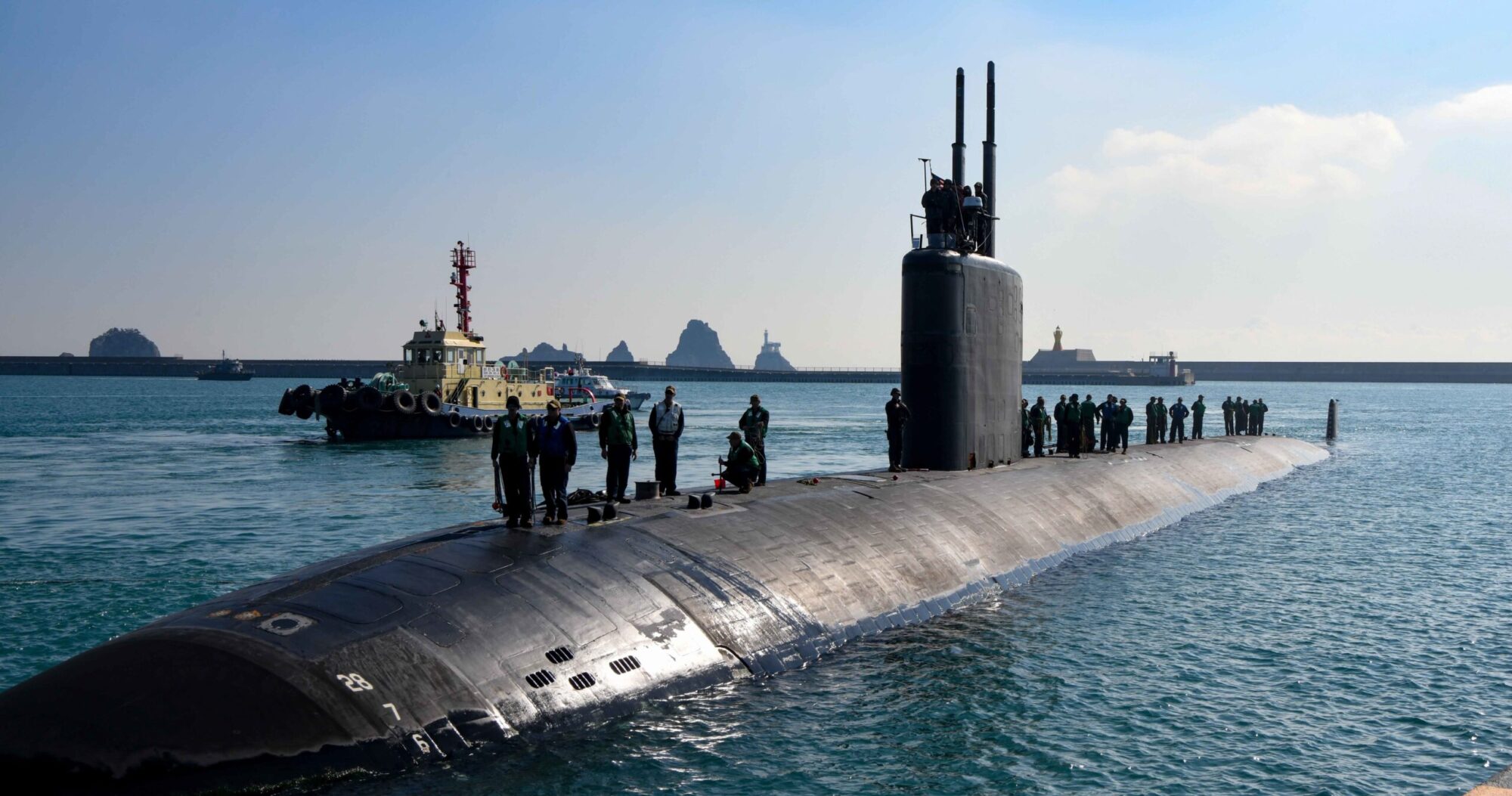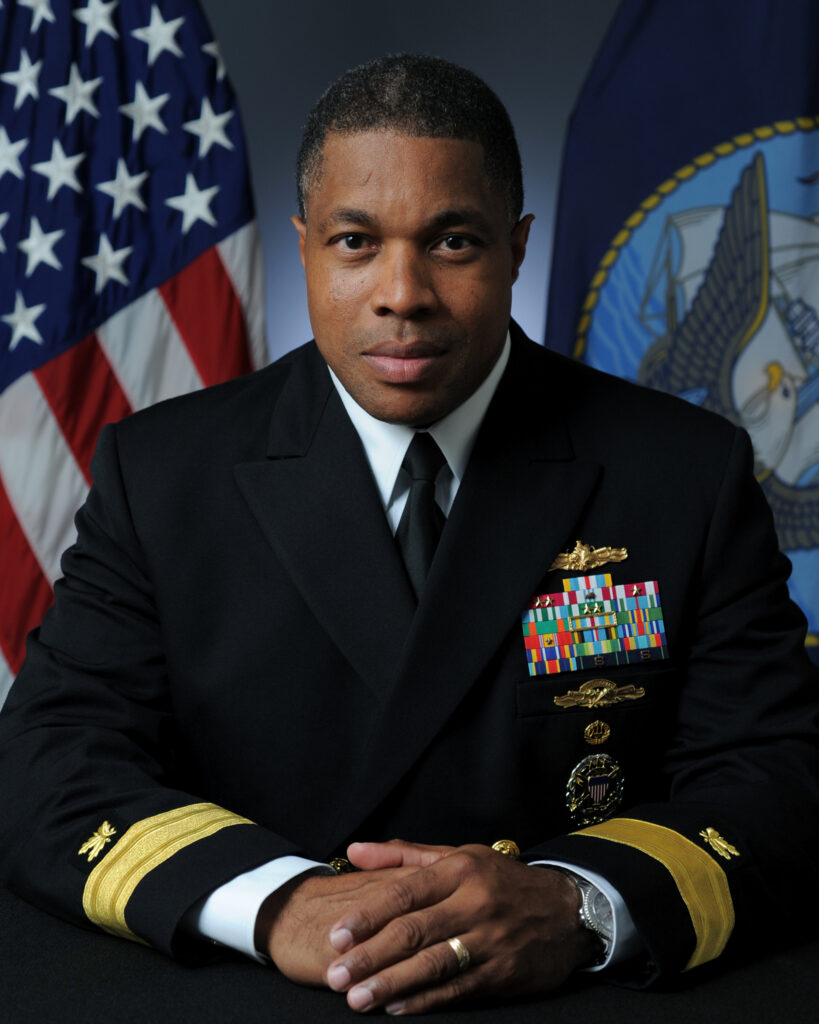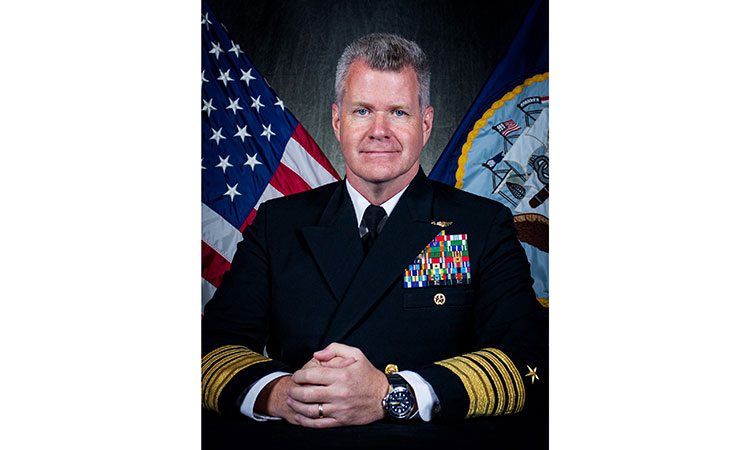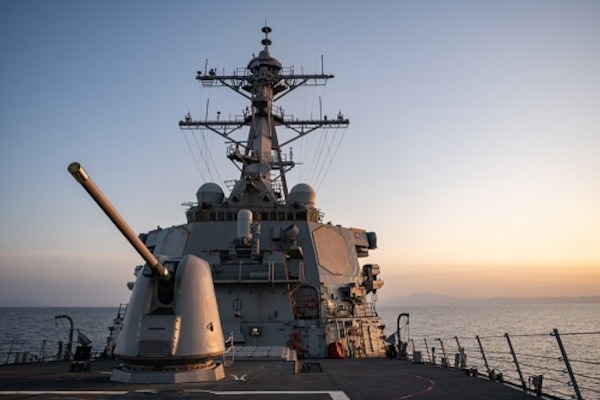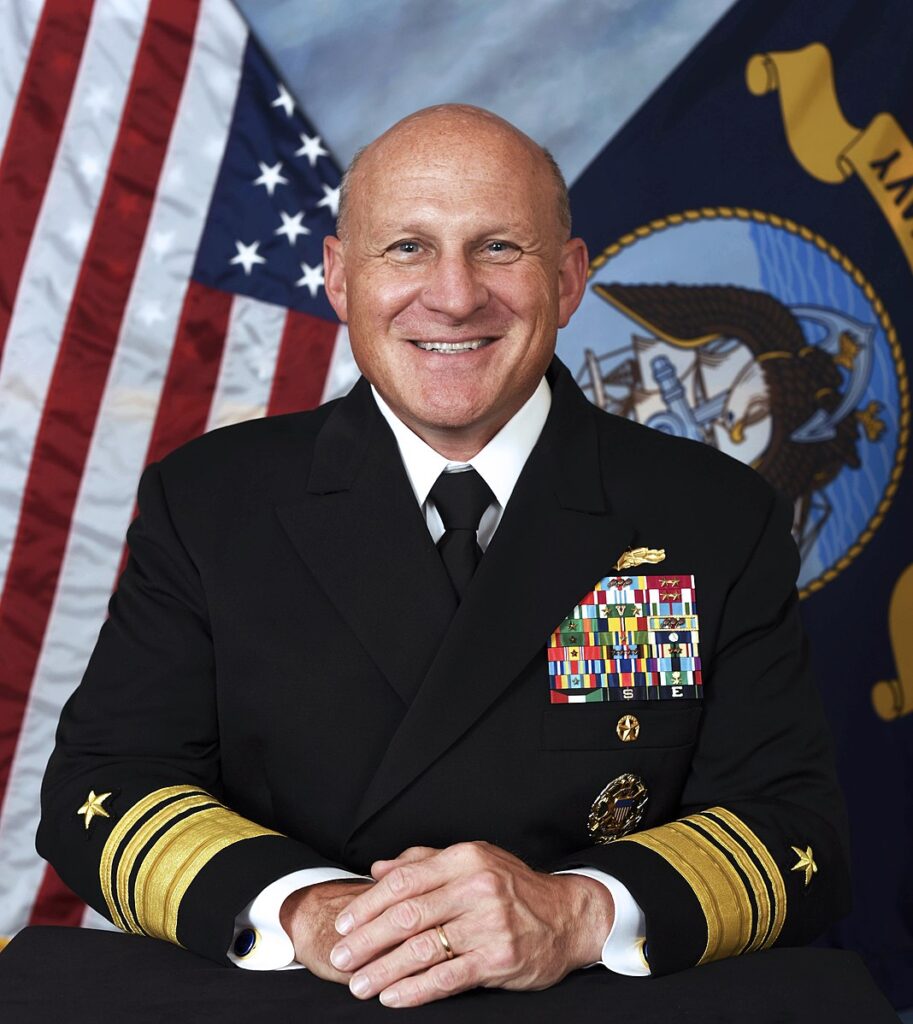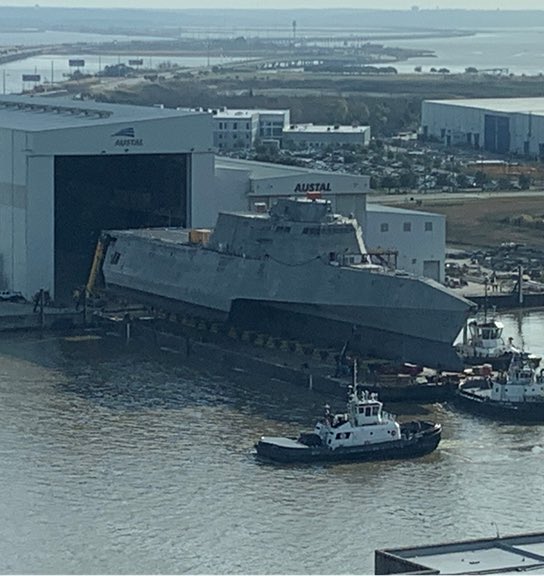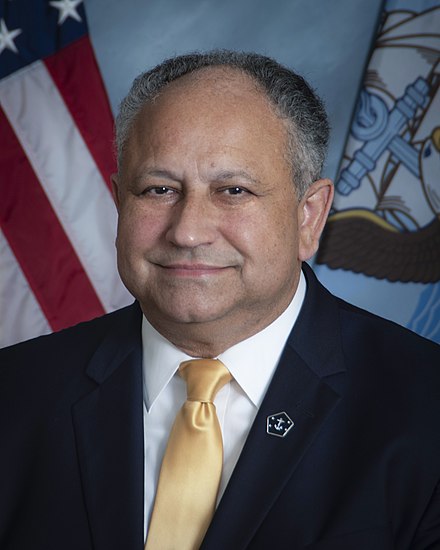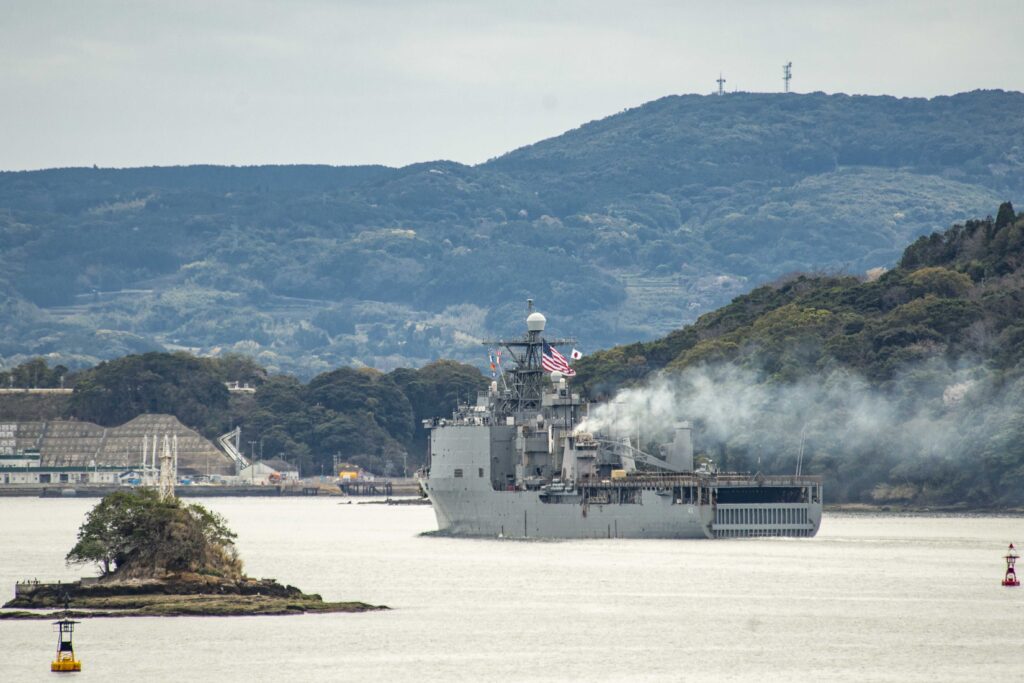
SASEBO, Japan — The dock landing ship USS Ashland (LSD 48) departed Sasebo March 22, 2023 for its new homeport of San Diego, California. Ashland had been stationed in Sasebo since August 2013, during which time it participated in numerous exercises and operation.
This will be a permanent change of station for the crew and family members.
“I can’t thank the wonderful city of Sasebo enough for all their warm hospitality,” said Cmdr. Dirk Sonnenberg, the commanding officer of Ashland. “I’ve done multiple tours in Japan, but Sasebo will always be special to me as the warmest and most welcoming city to be hosted at. The experience will never be forgotten by the Sailors who served here. It has been an extreme privilege for Ashland to have served the U.S./Japan Alliance for nearly 10 years from Sasebo.”
Ashland arrived at Sasebo in August of 2013 and conducted operations under Expeditionary Strike Group 7.
The ship participated in numerous exercises and operations, to include Iron Fist, Balikatan, and Cooperation Afloat Readiness and Training (CARAT) series events. Additionally, the crew conducted humanitarian assistance and disaster response operations in Saipan and Tinian in 2015 and 2018.
Ashland’s operations included first-in-class and proof of concept tasking to increase the interoperability of the U.S. Navy with Allies and partners in the region.
“Coming from Shelbyville, Kentucky, it was amazing to come half-way around the world to experience Sasebo and everything the Western Pacific has to offer,” said Hull Maintenance Technician 3rd Class Stephen Ruddy. “Everyone in Sasebo was so helpful and friendly. I’ll miss the camaraderie of being stationed in such a great town.”
Maintaining a forward-deployed naval force capability with the most advanced ships supports the United States’ commitment to the defense of Japan and the security and stability of the Indo-Pacific region.
Ashland’s homeport change complies with the National Defense Authorization Act (NDAA), which mandates that U.S. Navy ships forward deployed to Japan not exceed 10 years. The ship expects to arrive in San Diego in mid-Spring, following her Trans-Pacific voyage.
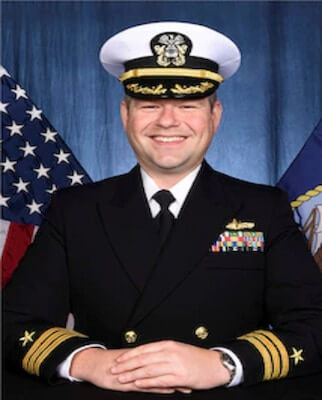
CDR Dirk Sonnenberg is the Commanding Officer of USS ASHLAND (LSD 48). He hails from Tucson, Arizona. He received his commission in 2004 from the University of Arizona NROTC program in Tucson, Arizona. He holds a Bachelor of Arts in Anthropology with a minor in History, as well as a Master of Arts in Security Studies for Homeland Defense and Security from the Naval Postgraduate School in Monterey, California. He is also Amphibious Warfare Tactics Instructor (WTI).
CDR Sonnenberg has served at sea as Executive Officer in USS ASHLAND (LSD 48), as Operations Officer and Combat Systems Officer in USS NEW YORK (LPD 21) in Norfolk, VA and Mayport, FL, Navigation Officer in onboard USS CURTIS WILBUR (DDG 54) in Yokosuka, Japan, and Strike Officer in USS CHANCELLORSVILLE (CG 62) and USS SHILOH (CG 67) also in Yokosuka, Japan.
Ashore, he served as Director, Military Sealift Command (MSC) Ship Support Unit Japan, in Yokohama, Japan, Deputy Operations Officer for Commander, Task Force 76/Expeditionary Strike Group Seven in Okinawa, Japan and as Exercise/Staff Officer in Naval Forces Korea in Seoul, South Korea.
He attended SMWDC’s inaugural Amphibious Warfare Tactics Instructor course becoming one of the first Amphibious Warfare Tactics Instructors.
Awards and achievements include: COMNAVSURFLANT Finalist for Surface Warfare Officer of the Year and earned Navy and Marine Association Peer Leadership Award. Other awards include the Meritorious Service Medal, the Navy Commendation Medals (5 awards), the Navy Achievement Medals (3 awards) and the Battle “E” Ribbon, the Overseas Service Ribbon (9 awards), and the Sea Service Deployment Ribbon (5 awards), as well as various unit and campaign awards.
